Denominator
In a fraction, the denominator is the bottom number that represents the total number of equal parts into which the whole is divided. It indicates the total number of parts in the whole and also the size of each of those parts.
For example, in the fraction 3/4, the denominator is 4. This means that the whole is divided into 4 equal parts, and each part is one-fourth of the whole.
The denominator is important because it helps us understand the relative size of the parts in the whole. It is also necessary for performing operations like addition, subtraction, multiplication, and division of fractions.
[Denominator] Related Worksheets and Study Guides:
.◂Math Worksheets and Study Guides First Grade. Shapes
Study Guide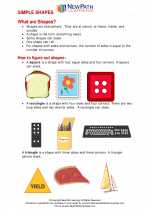 Shapes
Shapes  Activity Lesson
Activity Lesson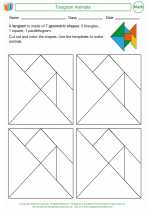 Tangram Animals
Tangram Animals  Activity Lesson
Activity Lesson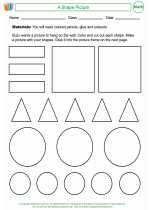 A Shape Picture
A Shape Picture  Worksheet/Answer key
Worksheet/Answer key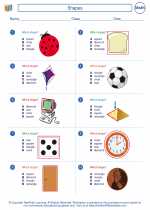 Shapes
Shapes  Worksheet/Answer key
Worksheet/Answer key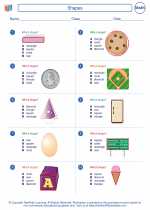 Shapes
Shapes  Worksheet/Answer key
Worksheet/Answer key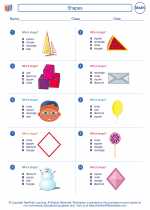 Shapes
Shapes  Worksheet/Answer key
Worksheet/Answer key Space
Space  Worksheet/Answer key
Worksheet/Answer key Shapes
Shapes  Worksheet/Answer key
Worksheet/Answer key Shapes
Shapes  Worksheet/Answer key
Worksheet/Answer key 2D Space
2D Space  Worksheet/Answer key
Worksheet/Answer key 2D Space
2D Space  Worksheet/Answer key
Worksheet/Answer key 2D Space
2D Space  Worksheet/Answer key
Worksheet/Answer key Shapes
Shapes  Worksheet/Answer key
Worksheet/Answer key 2D Space
2D Space  Worksheet/Answer key
Worksheet/Answer key 2D Space
2D Space  Vocabulary/Answer key
Vocabulary/Answer key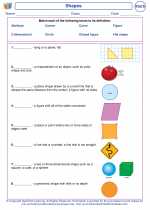 Shapes
Shapes  Vocabulary/Answer key
Vocabulary/Answer key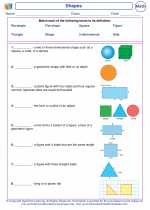 Shapes
Shapes 

 Activity Lesson
Activity Lesson
 Activity Lesson
Activity Lesson
 Worksheet/Answer key
Worksheet/Answer key
 Worksheet/Answer key
Worksheet/Answer key
 Worksheet/Answer key
Worksheet/Answer key
 Worksheet/Answer key
Worksheet/Answer key
 Worksheet/Answer key
Worksheet/Answer key
 Worksheet/Answer key
Worksheet/Answer key
 Worksheet/Answer key
Worksheet/Answer key
 Worksheet/Answer key
Worksheet/Answer key
 Worksheet/Answer key
Worksheet/Answer key
 Worksheet/Answer key
Worksheet/Answer key
 Worksheet/Answer key
Worksheet/Answer key
 Worksheet/Answer key
Worksheet/Answer key
 Vocabulary/Answer key
Vocabulary/Answer key
 Vocabulary/Answer key
Vocabulary/Answer key

The resources above cover the following skills:
Algebra (NCTM)
Understand patterns, relations, and functions.
Sort, classify, and order objects by size, number, and other properties.
Geometry (NCTM)
Analyze characteristics and properties of two- and three-dimensional geometric shapes and develop mathematical arguments about geometric relationships.
Recognize, name, build, draw, compare, and sort two- and three-dimensional shapes.
Describe attributes and parts of two- and three-dimensional shapes.
Use visualization, spatial reasoning, and geometric modeling to solve problems.
Recognize geometric shapes and structures in the environment and specify their location.